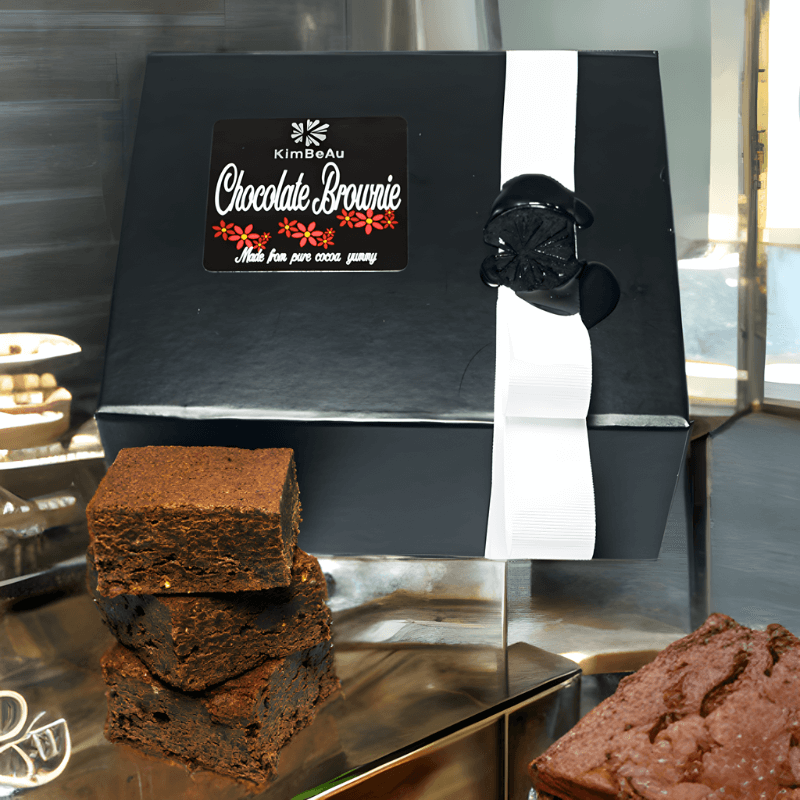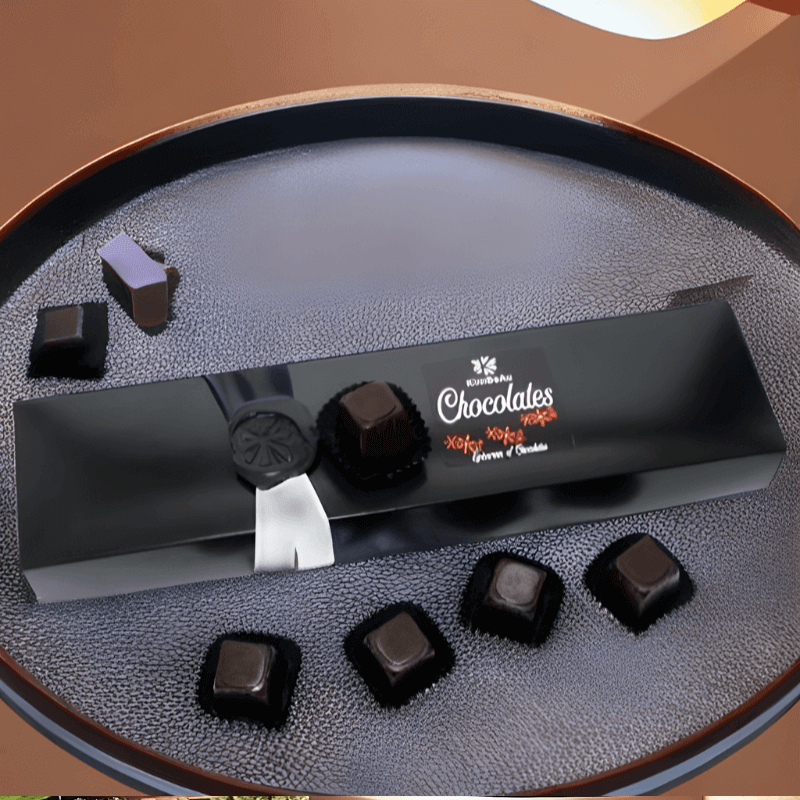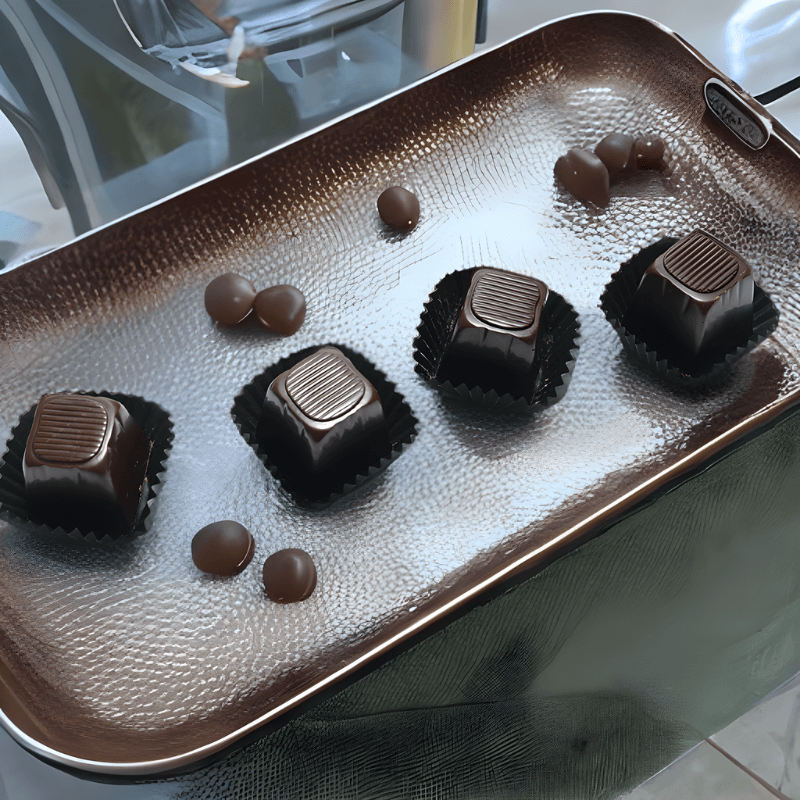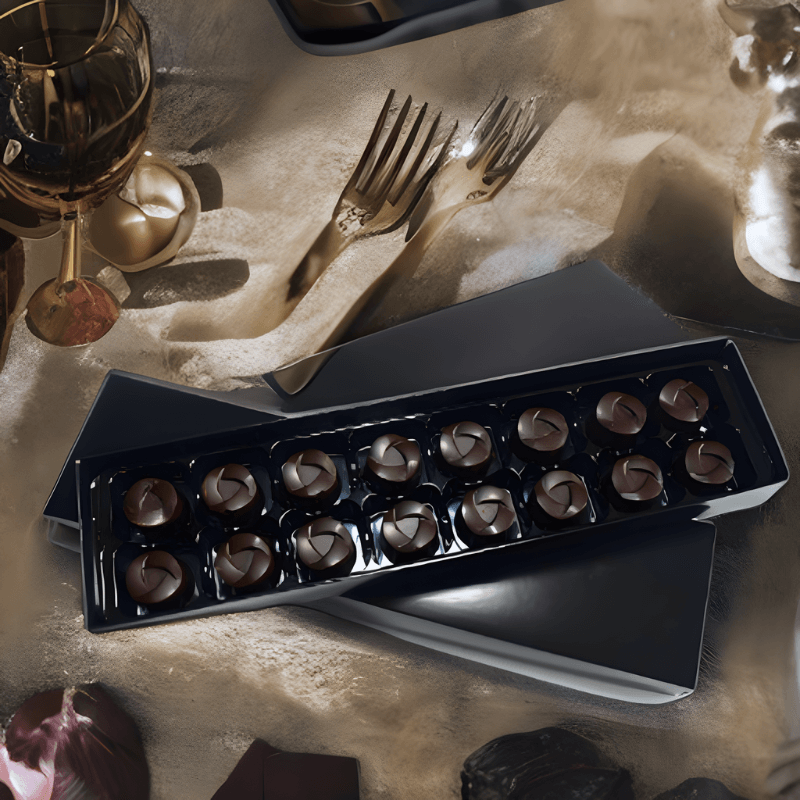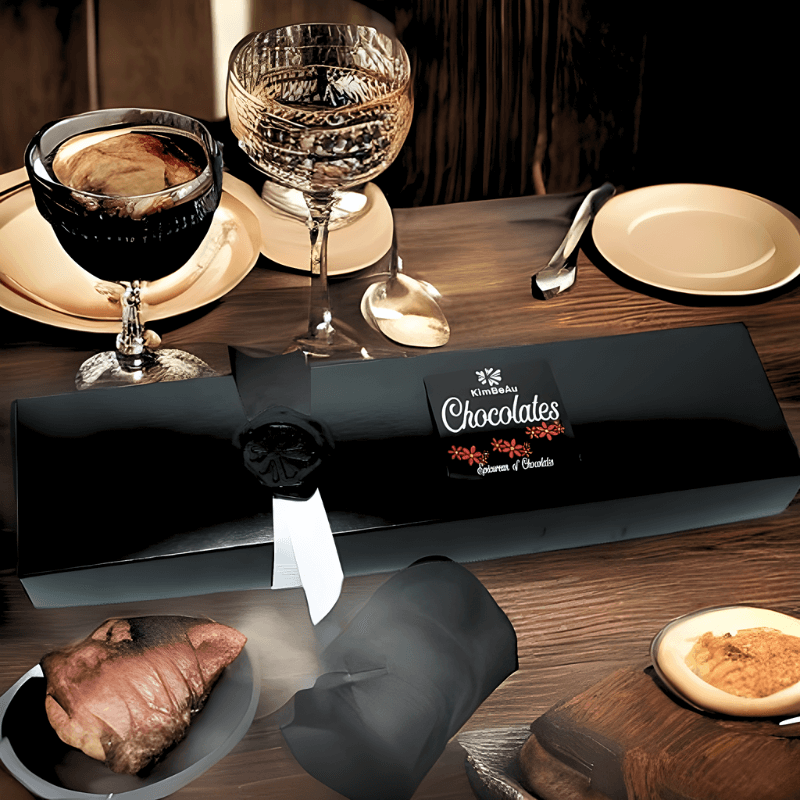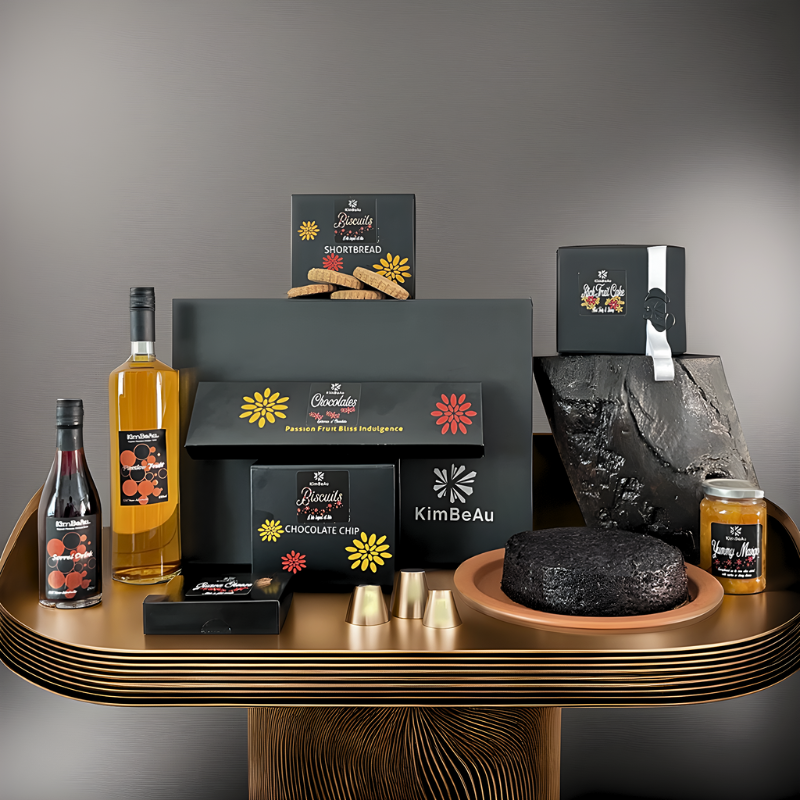The Art And Chemistry Of Cheese: Crafting Culinary Magic

Cheese is a remarkable culinary creation that owes its diverse flavours, textures, and aromas to the complex interactions of molecules within its chemical structure.
The Dairy Alchemy
The process of making cheese involves a transformation of milk, orchestrated by bacteria and enzymes, resulting in aunique product with distinct characteristics.
Each cheese component, including water, milk proteins (casein and whey), fats, minerals, and salt, contributes to the final product's flavour and texture.
2. Casein Proteins
Casein, the primary protein in milk, is crucial in cheese structure.
Rennet, an enzyme complex, coagulates casein during cheese production, leading to the formation of curds. The type of milk, the animal it comes from, and the cheesemaking process influence the composition and arrangement of casein, contributing to the diversity of cheese varieties.
3. Curds and Whey
The coagulated mass resulting from the action of rennet is known as curds. Curds encapsulate fats, proteins, and water, while whey, a liquid by-product, contains water, soluble proteins, lactose, and minerals. The manipulation of curds and whey and the cheesemaker's expertise define the cheese's texture and moisture content.
4. Fats
Cheese's creamy texture and rich mouthfeel are attributed to its fat content.
The type and source of milk determine the fat composition, while the cheesemaking process determines how fats are distributed within the cheese matrix. From the buttery goodness of Brie to the crumbly texture of feta, fats contribute to the diversity of cheese experiences.
5. Microbial Magic
Cheese owes much of its unique flavours to microbes.Bacteria and moulds contribute to ripening, breaking down proteins and fats into flavourful compounds.The specific moulds and bacteria used in cheese production can significantly impact the cheese's flavour and texture.
6. Salt
Salt is crucial in cheesemaking, enhancing flavour and influencing microbial activity, moisture content, and overall texture. The level of salting, whether through brining or dry salting, contributes to the preservation and flavour development of the cheese.
7. Aging and Maturation
As cheese ages, enzymes break down proteins and fats, unlocking various flavours and aromas. The duration and conditions of ageing, including temperature, humidity, and storage environment, shape the final product.
8. Texture and Mouthfeel
The interaction of proteins, fats, and moisture determines a cheese's texture. Whether it's the crumbly nature of Parmesan, the gooeyness of Camembert, or the firmness of cheddar, the arrangement of molecules within the cheese matrix dictates its mouthfeel.
9. Terroir and Cheese Expression
Like wine, cheese reflects its terroir, the environment where milk-producing animals graze. The soil, climate, and vegetation influence milk composition, impacting the cheese's aroma and flavour profile.
10. Artisan Craftsmanship
Cheesemaking is a remarkable artisanal craft that combines science and expertise. With their knowledge and intuition, cheesemakers guide the chemical transformations, creating cheeses that are not just products but expressions of cultural heritage and regional identity.
In conclusion, the complex chemistry and artistry that go into the cheesemaking process result in a remarkable culinary creation that
transcends its chemical constituents to become a delight for the senses.
Dive Into your Mail Box:
Thursday March 14th 2024.
On the Subject: The Art Of Cheese
0 comments
Browse Our Chocolate Collections
- Regular Price
- £22.95
- Sale Price
- £22.95
- Regular Price
-
- Unit Price
- per
